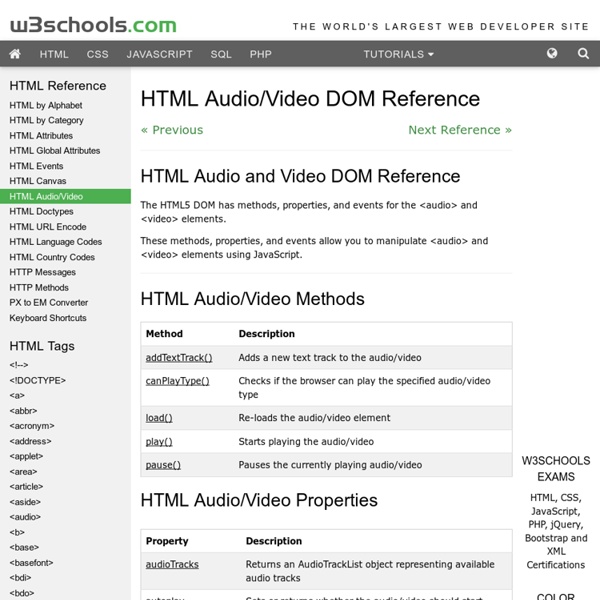



Can I use... Support tables for HTML5, CSS3, etc About "Can I use" provides up-to-date browser support tables for support of front-end web technologies on desktop and mobile web browsers. The site was built and is maintained by Alexis Deveria, with occasional updates provided by the web development community. May I use your data in my presentation/article/site, etc? Yes, the support data on this site is free to use under the CC BY 4.0 license. Is there a way to see the support data in colors other than red/green? Yes, you can enable accessible colors from this link or from the option under Settings. Do you have the data available in a raw format? Yes, the raw support data is available on GitHub and is updated regularly. Could you add feature X to the site? Adding features takes quite some time and there are many requests for additions. If you've done the research yourself already, you can also submit a feature on GitHub. Could you cover email clients too so I can see what I can use in HTML emails? I use the following criteria:
HTML audio tag HTML5 Audio Using JavaScript to Control the Audio Object (Windows) This section includes the following topics: Playing and pausing audio playback in JavaScript All other functionality of the audio player is controlled from JavaScript, as shown in the following script. Specifying audio files and managing playback in JavaScript In the next example, a text input element is added in the HTML portion where you can paste in the path of an MPEG-Layer 3 (MP3) audio file. Catching errors Writing error-free code is difficult. In the JavaScript section of the code, there are areas where errors are likely. In this example, the buttons are disabled if support does not exist, so the functions would not be called. If HTML5 audio is supported, there are other errors that might happen. With the try/catch statements, these conditions fail silently, but you can see the errors if you open either the Console or Script tab in Internet Explorer 9 F12 tools. The following code example explains all concepts of this topic. Related topics